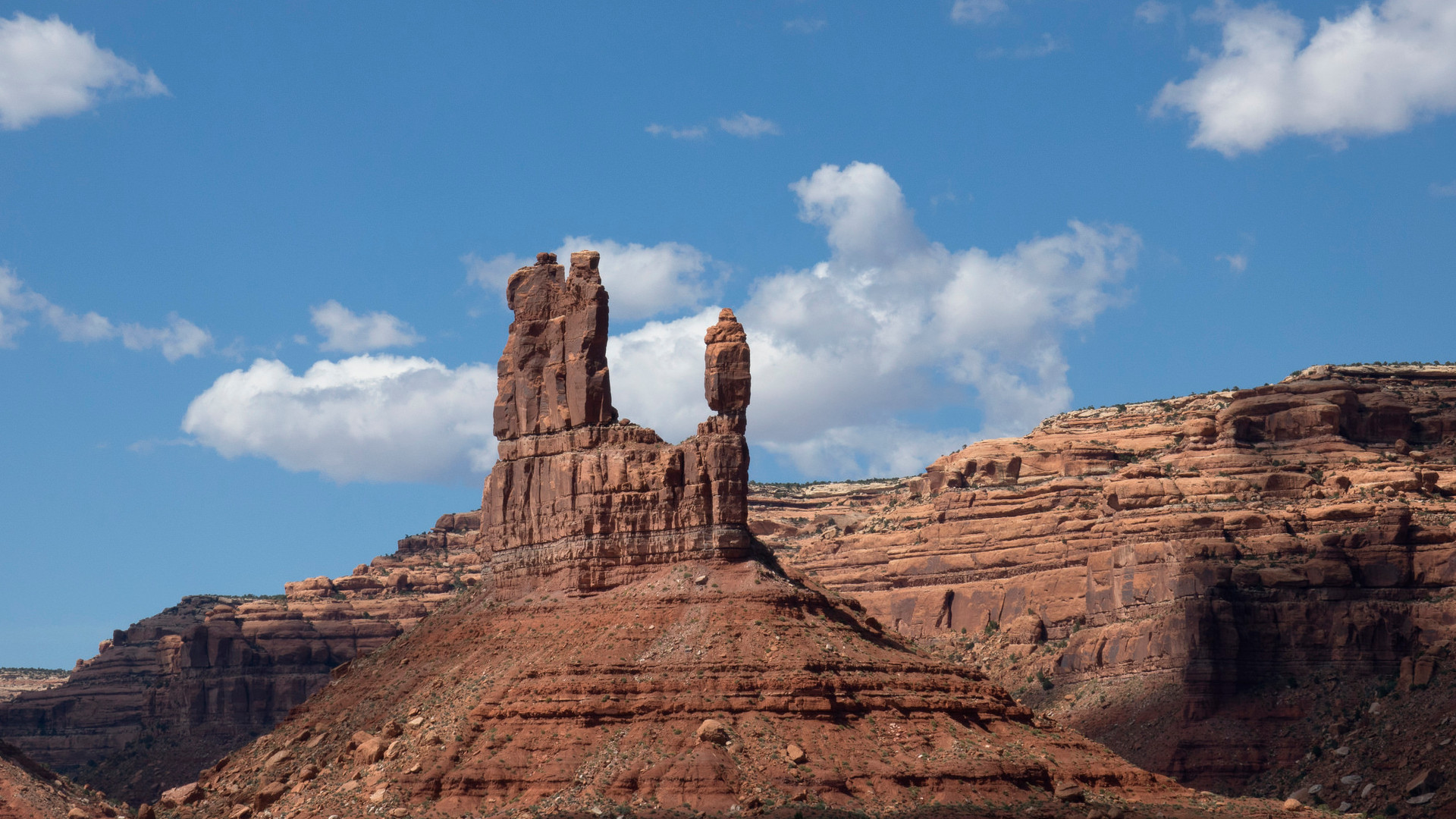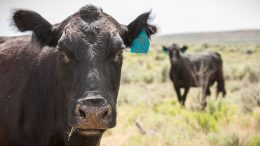The Bureau of Land Management is the federal agency that controls the largest acreage of federal public lands, especially in the West and Alaska. How these lands are managed going forward will play a pivotal role in whether we succeed or fail to effectively address the urgent climate and extinction crises.
Unfortunately the current dominant management culture at the agency is fundamentally incapable of doing what’s necessary. That culture is regressive, biased and secretive. It’s almost a joke in some circles: BLM is often said to stand for “Bureau of Livestock and Mining” because those are the activities it tends to favor over the health of the land. Which is unlikely to change unless the agency is forced to.
How do I know? I was immersed in the culture for about 15 years. I worked for the Bureau as a district-office-level planning and environmental coordinator from 2002 to 2017. My district comprised nearly 3 million acres and included two BLM national monuments and eight statutory wilderness areas. Much of my job was overseeing compliance with the National Environmental Policy Act and other relevant federal laws, regulations and policies. I saw the reality of how managers’ biases could influence how these were interpreted and implemented.
The agency’s management culture is deeply imbedded and greatly resistant to change. For example, where I worked, an associate district manager, field manager, and the soil, water and air specialist all believed climate change was a hoax. When I, in my role as environmental coordinator, distributed scientific information on climate change to relevant staff, managers admonished me to stop because the subject was too contentious.
It was similar on issues related to the extinction crisis. I repeatedly raised concerns that the latest science on landscape ecology and conservation biology was being ignored in NEPA documents. My concerns were likewise ignored, even though these omissions created vulnerabilities in the adequacy of the NEPA analyses, including on cumulative impacts.
Hope Thwarted, Now Renewed?
After working at the agency for six stressful years under the George W. Bush administration, I was excited by the prospect of seeing its version of “change we can believe in” when President Obama took office. It seemed like a chance to fix the agency — but tragically, under the Obama administration that change never arrived. I saw many missed opportunities for positive actions over those eight years, including necessary livestock grazing reforms.
When President Trump took office, I knew the agency’s culture would go from bad to much worse — so I took early retirement.
With President-elect Joe Biden taking office soon, there’s another rare opportunity to implement meaningful reforms. This opportunity must be promptly and aggressively seized. The Obama era mistakes must not be repeated. Too much is at stake, and too much precious time has already been lost.

President-elect Biden has commendably endorsed the “30 by 30” goal of protecting 30% of our nation’s lands and waters by 2030. If successful this could greatly contribute to advancing solutions to the climate and extinction crises. BLM lands can, and should, be a big part of achieving this goal.
The Challenge: Will Multiple Use Continue to Dominate Over Conservation?
The BLM is destined to fail if the status quo management culture persists.
Most of its managers are hard-wired to a multiple-use mission rather than conservation, meaning they believe land should be open to exploitation for mining, logging or ranching. Congress has reinforced this by failing to reform the 1872 Mining Law, raise grazing fees to fair market rates, allow voluntary grazing permit buyouts or otherwise modernize relevant statutes.
We see this in the BLM national monuments established under the Antiquities Act. The “objects” identified in presidential proclamations are to be the “dominant reservation,” and their protection must supersede any potentially harmful human uses. Yet many of the agency’s NEPA analyses treat these monument objects just like similar resources outside the monuments, on so-called public domain lands.

Despite overwhelming public opposition and solid science against it, the BLM keeps approving harmful commercial livestock grazing in national monuments such as Grand Canyon Parashant, Sonoran Desert and Agua Fria. And Cliven Bundy’s quarter-century of flagrant trespass grazing makes Gold Butte National Monument a joke (with deeper meaning given by Bundy’s recent support of pro-Trump insurrectionists).
Nor are “national conservation areas,” established by federal statute, spared from serious damage from overgrazing in places like the San Pedro Riparian and Beaver Dam Wash. This livestock grazing hammers riparian habitats, increases soil erosion, outcompetes native wildlife for forage, and accelerates the colonization and spread of invasive cheatgrass and buffelgrass. These invasive grasses cause potentially devastating changes in fire ecology. And the BLM is pushing to allow a destructive “Northern Corridor” highway through its Red Cliffs NCA, even through feasible alternatives are available.
Build Back Better
How can the Biden administration reform the agency?
For starters, it needs to remove Trump appointees — and not bring back the Obama appointees who were also part of the problem.
Next, it should provide independent oversight to ensure managers follow the law and best science in making decisions. If they don’t, it should remove them.
Finally, it must change managers’ annual performance evaluations to make positive, on-the-ground resource improvements their objectives. Managers who prioritize multiple use over conservation, and fail to reverse declining resource trends under their control, should be replaced.
I’m counting on the Biden administration to belatedly deliver a real change worth believing in.
The opinions expressed above are those of the author and do not necessarily reflect those of The Revelator, the Center for Biological Diversity or their employees.
![]()


